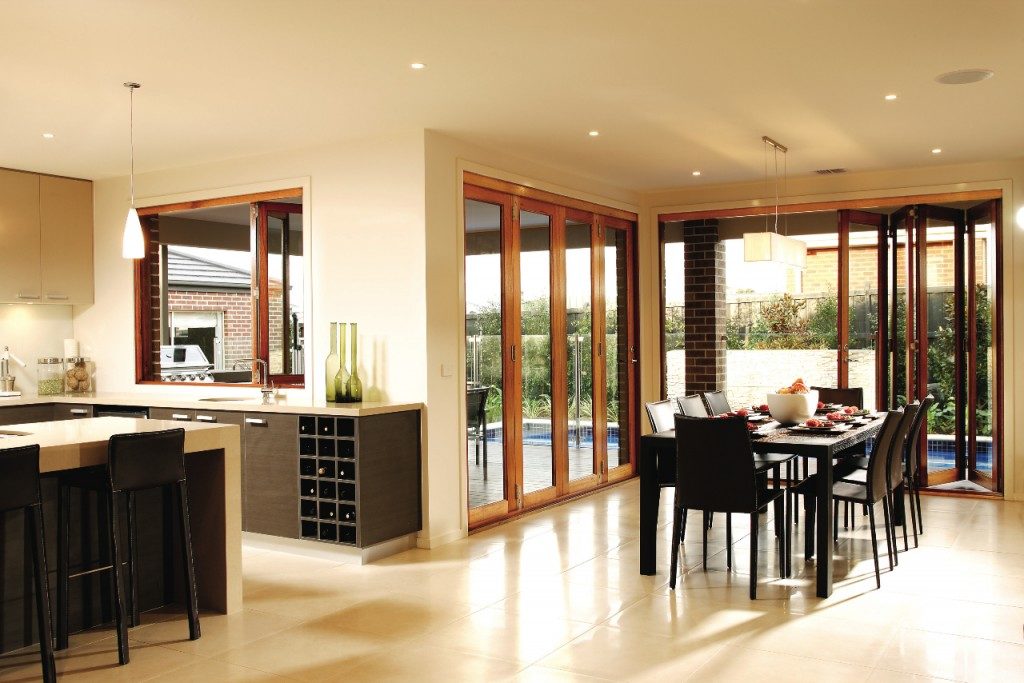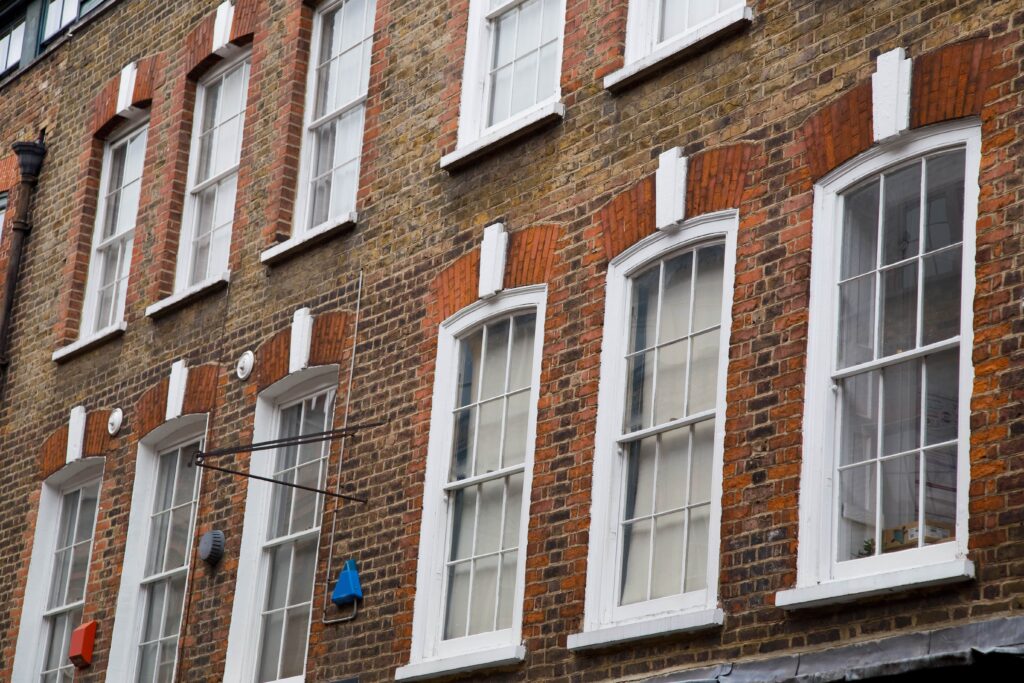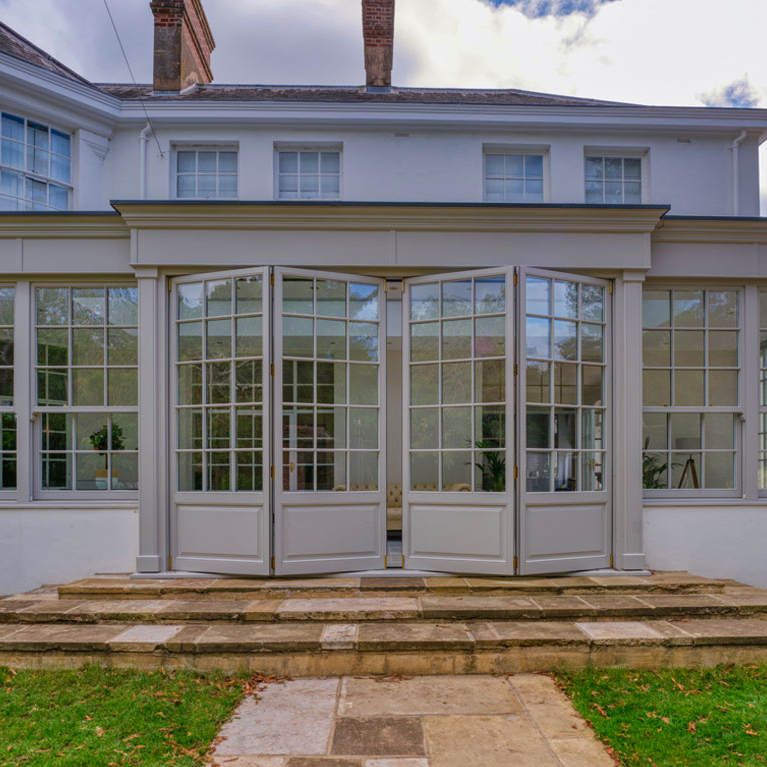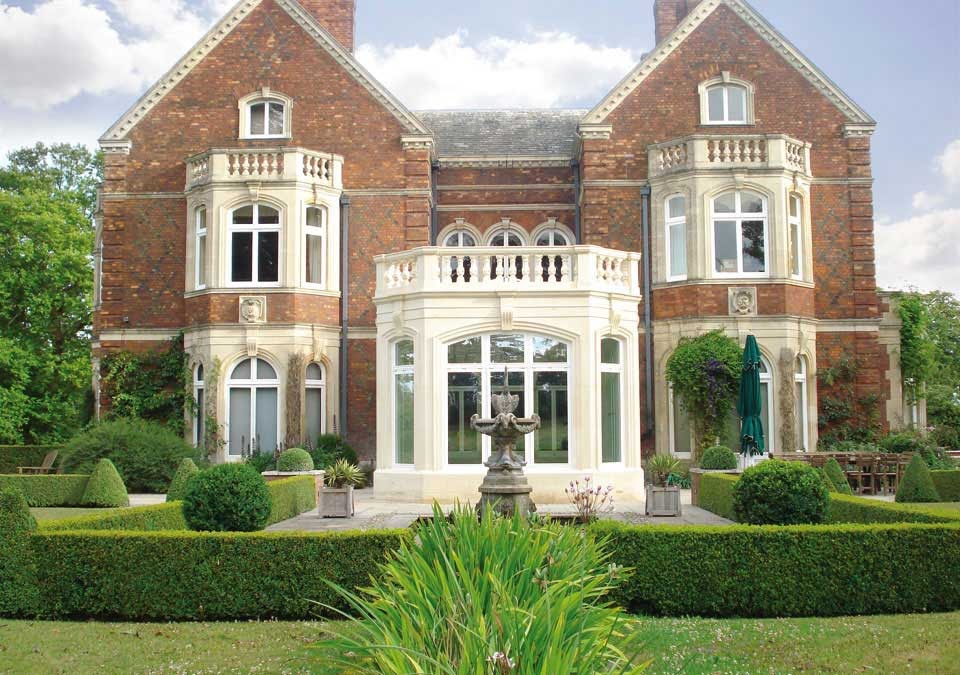
As homeowners, we all want to make our homes more comfortable. But with the rising costs of energy and the increasing concern for the environment, it’s important, now more than ever, to find ways to make our homes more energy-efficient with effective thermal insulation.
Did you know, you’ll lose 30-35% of your home’s heat through uninsulated walls, 20-25% through the roof, around 15% through windows, 15% through leaky ventilation, 10% through the floor, and 5% through doors.
One of the most effective ways to improve energy efficiency in your home and reduce heat loss, is by improving your home’s thermal insulation. In this article, we’ll delve into the importance of thermal insulation and explore 10 simple and affordable ways to make your home more energy efficient by using effective thermal insulation.
Thermal insulation is like a cosy blanket for your home. It helps keep the heat inside during the chilly winter months and prevents the heat from entering during a hot summer. The result? A comfortable living environment throughout the year and significant energy savings on heating and cooling costs.
Sound good? Let’s explore all the different ways you can improve the thermal performance of your home.

Before diving into major insulation projects, start with a simple inspection for drafts:
Once you’ve identified any areas with drafts, it’s time to seal them up. Use caulk to fill in small cracks or gaps around windows and doors. For larger gaps under doors, use draught excluders.
After sealing any drafty areas, perform a quick test to make sure you’ve effectively eliminated the drafts. Light a candle or use a feather and move it around the edges of windows and doors. If you notice any flickering or movement of the flame or feather, there could still be drafts, if so, recheck and reseal those areas.
It’s a good idea to perform regular checks for drafts, especially before the onset of winter and summer seasons. Weather conditions can cause materials to contract and expand, potentially creating new gaps that need attention.

Upgrading your windows is a smart move to make your home more energy-efficient and comfortable. Old and outdated windows contribute to significant heat loss, meaning your heating system has work harder to keep your home warm, increasing your energy bills. If your windows are more than 10 years old, it’s time to consider replacing them.
One of the best ways to improve home energy efficiency is to replace old single-pane windows with double or triple-glazed windows. These modern windows have multiple layers of glass with insulating gas-filled spaces between them. The additional layers act as a barrier, reducing the transfer of heat through the glass.
Proper installation is essential to maximise the benefits of energy-efficient windows. Hiring a professional window installer means your windows are correctly fitted, sealed, and insulated, preventing any air leaks that could compromise their efficiency.
Insulation is like a magic barrier that keeps your home at a comfortable temperature. As the old saying goes, buy cheap, buy twice. Invest in high-quality insulation materials like fibreglass or spray foam which have excellent insulation properties, creating a barrier that will keep your home at the desired indoor temperature.
For homes with cavity walls (a gap between two layers of brick or block), cavity wall insulation is the most common type of wall insulation and involves injecting insulation materials, like spray foam insulation, into the space between two walls, typically an exterior and an interior. This process is relatively quick and easy and can be done affordably by a specialist insulation installer, ensuring better thermal efficiency for your home. You will notice a big difference in your energy bills.
Investing in thermal curtains and blinds is a fantastic way to enhance the thermal efficiency of your home while creating a more comfortable living space. These special window treatments are made from thick, layered fabrics that possess excellent insulating properties. They have the ability to slow down heat transfer through the windows, maintaining a stable indoor temperature.
During the colder months, thermal curtains and blinds act as a barrier against the chilly outdoor temperatures. They help trap the heat generated by your heating system inside your home, preventing it from escaping through the windows. This creates a cosy and warm atmosphere indoors, reducing the need for excessive heating and helping reduce energy costs.
When the scorching summer heat arrives, thermal curtains and blinds are equally effective in keeping your home cool and comfortable. They block out the sun’s heat, preventing it from entering your living spaces. This means less reliance on air conditioning, which translates to energy savings and a more eco-friendly approach to cooling your home.
When selecting thermal curtains and blinds, consider the following factors:
Attic and loft insulation is essential for making sure your home is thermally insulated. Properly insulating your attic or loft helps to retain the heat generated inside your living spaces, preventing it from escaping through the roof.
Insulating your walls is key for maintaining a comfortable temperature inside your home. It also helps to keep the cold air out during winter. For homes without a cavity wall, consider solid wall insulation. This type of insulation can be achieved through two main methods:

One easy way to lower your energy consumption and increase thermal resistance, is to invest in energy-efficient doors. What’s an energy efficient door? Simply one that prevents heat from escaping during colder months and keeps the cold air out, and vice versa in the summer months. They’re also sealed to prevent any drafts or air leaks. For a cost effective energy efficient door, choose a hardwood external door, as wood is naturally insulating.
Roof insulation not only saves energy but also protects your roof from damage caused by weather conditions. This is most commonly done one of two ways:
Floor insulation plays a vital role in maintaining indoor warmth, especially during the colder months. There are two effective methods to achieve floor insulation: laying insulation material under the floorboards or installing a solid floor with built-in insulation.

Planting trees strategically around your home can provide shade during hot summers and act as a windbreak during cold winters, helping to regulate the indoor temperature. Not only that, the presence of trees and other vegetation around your home can create a microclimate that enhances insulation. The layer of foliage acts as an additional buffer between your home and the external environment, helping to regulate temperature fluctuations.
Improving your home’s energy efficiency by increasing its thermal insulation doesn’t have to be complicated or expensive. By following these easy and budget-friendly tips for better thermal insulation, you can make your home more comfortable, save money on energy bills, and contribute to a greener planet.
To find out more about energy efficient windows or energy efficient doors, get in touch with our friendly team today.
With proper insulation, you can save up to 30% on your heating and cooling bills, which means more money in your pocket!
Some insulation tasks can be DIY, but for more complex projects, it's best to get help from a professional to ensure it's done right.
Yes, you can choose eco-friendly materials like recycled denim or wool as insulation options. Or invest in sustainably sourced hardwood timber windows and doors from Windows & Doors UK.
Yes, insulation can help reduce noise from outside, making your home quieter and more peaceful.
Well-maintained insulation can last for many years, but it's a good idea to check it regularly for any wear or damage and replace it when needed to keep your home energy efficient.